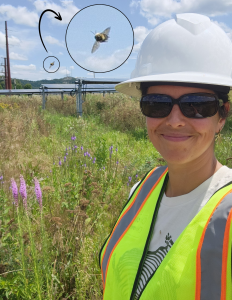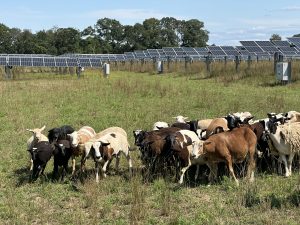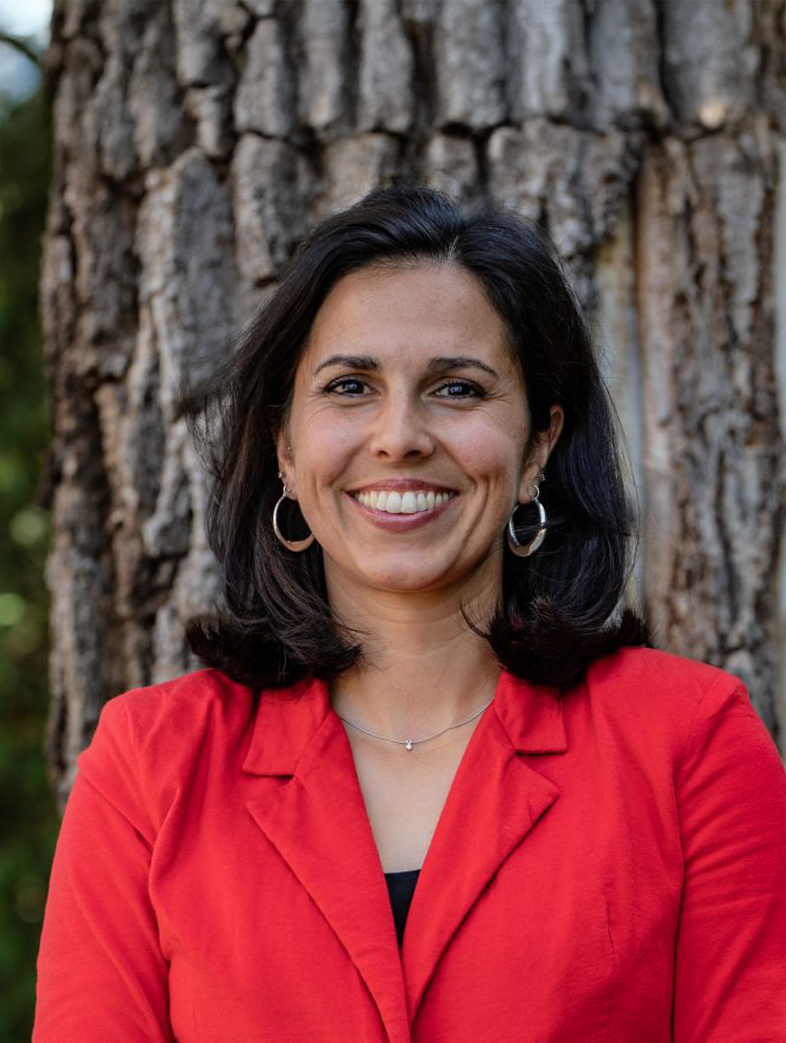Rural residents across Wisconsin and the greater United States are grappling with how to respond to solar projects that are increasingly being built around their communities. Some fear that solar projects will feel like an industrial wasteland that is incompatible with farmland and agrarian communities. Others wonder how they could integrate into the landscape, provide local environmental benefits, and add needed financial resources to landowners and municipal budgets.

Those questions and concerns were faced head on by a group of forty farmers and rural residents who toured two solar facilities in Northwest Wisconsin. Clean Wisconsin and Renewing the Countryside hosted the tours on an exemplary sunny day. A farmer leasing their land for solar, a developer, a local electric co-op, and a sheep farmer spoke about their experiences.
We saw a variety of native flowers, and bees and butterflies buzzing around pollinating them. A representative of a farm group dug up some soil samples to compare the rich organic material inside the solar facility with the less healthy-looking soil across the street in a corn field. We heard that snow melts and slides off the panels in the winter and that the bifacial panels can turn sunlight bouncing off snow into electricity too, making solar a great fit for Wisconsin’s climate. We saw a sheep dog in training round up the sheep systematically grazing a solar field.

The event sparked excitement about a growing movement in Wisconsin – Farmers for Solar – where more farmers are becoming familiar with how solar energy can add value and resilience in rural communities. One of the best parts of the day was listening to farmers learn from each other and spend the day talking with those who have direct experience with solar, peppering them with fantastic questions. There were conversations about how they would respond to a project in their community, how to talk to solar developers about leasing part of their land to diversify income, and about the feasibility of cows grazing under panels. Everyone came away from the tour with a lot more information, and a sense of what it’s really like to interact with a large solar project.
If you are interested in joining this informal network of farmers and rural residents who want to support solar energy projects because of the benefit to agricultural communities, you can sign up for updates and watch a webinar on how to engage on our website, cleanwisconsin.org/farmers-for-solar.

